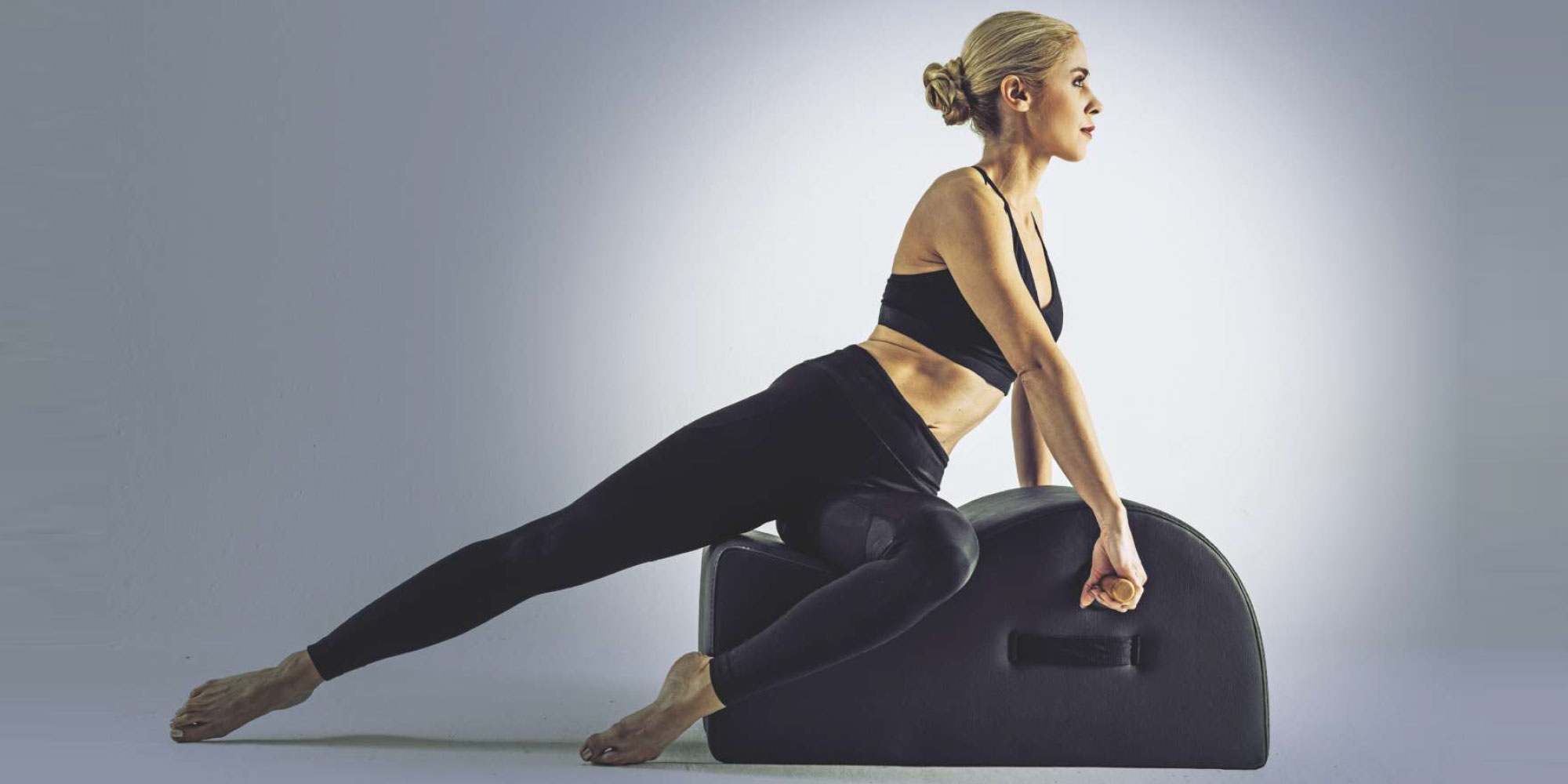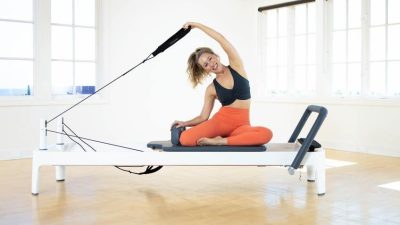
Pilates, once considered primarily a form of rehabilitation and flexibility training, has gained recognition as an effective method for building strength. Developed by Joseph Pilates in the early 20th century, this exercise system focuses on controlled movements, proper alignment, and breath awareness to improve physical strength, flexibility, and posture. While often associated with lean muscles and improved core strength, Pilates offers a holistic approach to strength training that targets various muscle groups throughout the body. In this article, we explore how Pilates serves as a potent form of strength training, offering both beginners and fitness enthusiasts a unique way to enhance their physical capabilities.
Understanding Pilates:
Pilates differs from traditional strength training in its emphasis on mindful movement and the integration of breath with movement. Rather than relying on heavy weights or resistance machines, Pilates utilizes body weight and specialized equipment such as reformers, cadillacs, and barrels to provide resistance. Central to Pilates practice is the concept of core engagement, which involves activating the deep abdominal muscles, pelvic floor, and muscles around the spine to create stability and support throughout movements.
Strength Training Principles in Pilates:
Pilates exercises are designed to target multiple muscle groups simultaneously, promoting functional strength that translates into improved performance in daily activities and sports. Unlike isolated movements common in traditional strength training, Pilates exercises often involve dynamic movements that challenge stability, balance, and coordination while building strength. Additionally, Pilates emphasizes eccentric muscle contractions, which occur when a muscle lengthens under tension, aiding in muscle growth, endurance, and injury prevention.
Core Strength and Stability:
One of the hallmark benefits of Pilates is its ability to develop core strength and stability. The core, often referred to as the body’s powerhouse, includes muscles of the abdomen, lower back, hips, and pelvis. Pilates exercises such as the Hundred, Roll-Up, and Plank variations engage these muscles to improve core strength, enhance posture, and reduce the risk of back pain. By strengthening the core, Pilates provides a solid foundation for performing everyday tasks with greater efficiency and ease.
Muscle Toning and Definition:
While Pilates emphasizes functional strength, it also contributes to muscle toning and definition, particularly in the arms, legs, and glutes. Exercises like the Pilates Leg Pull Front, Side Kick Series, and Arm Circles target specific muscle groups while promoting long, lean muscle development. The controlled movements and emphasis on proper alignment in Pilates help sculpt the body without adding bulk, making it an ideal choice for individuals seeking a balanced and proportionate physique.
Flexibility and Range of Motion:
In addition to strength gains, Pilates enhances flexibility and range of motion, crucial components of overall fitness and injury prevention. Many Pilates exercises involve dynamic stretching, where muscles are lengthened and strengthened simultaneously. This approach helps improve joint mobility, reduce muscle stiffness, and alleviate tension throughout the body. Whether performing stretches on the mat or using specialized equipment, Pilates practitioners experience increased flexibility that enhances their performance in other physical activities and promotes longevity in movement.
Conclusion:
Pilates serves as a comprehensive form of strength training that integrates elements of flexibility, core stability, and muscular endurance. By emphasizing controlled movements, proper alignment, and breath awareness, Pilates offers numerous benefits for individuals of all fitness levels. Whether you’re looking to build lean muscle, improve posture, or enhance athletic performance, Pilates provides a versatile and effective approach to strength training. Incorporating Pilates into your fitness routine can lead to profound improvements in physical strength, flexibility, and overall well-being, making it a valuable tool for achieving your fitness goals.






